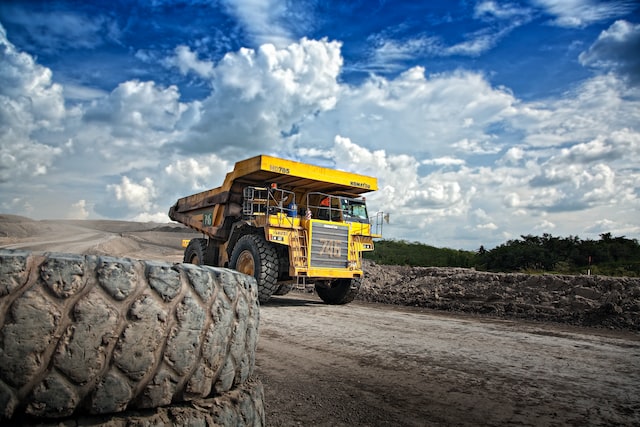Haul roads are an important part of the infrastructure of a mining or quarrying operation, as they allow the materials to be efficiently transported to where they are needed. They are typically built to withstand heavy loads and harsh conditions, and they may be unpaved or partially paved. So it is critical to construct a haul road design with optimal performance levels, durability and longevity, allowing the construction to withstand heavy-duty vehicles for a greater tenure. This haul road safety and construction design can be attributed to several factors, which we discuss in brief.
Surface Type
The surface of the haul road should be able to withstand the weight of the vehicles and materials being transported, as well as the weather conditions in the area. Options for the surface of a haul road include asphalt, concrete, gravel, or a combination of these materials.
Geometrical Design
The geometrical design is important to create alignment and layout of the road, including curve radius, incline, decline, ramp gradients, super-elevations, cross-fall, junction layout, stopping distances, berm walls, sight distances and more. A sound geometrical design, in conjunction with the optimal structural and functional design, creates an efficient and durable haul road.
Grade
The grade or slope of the haul road should be considered to ensure that vehicles can safely navigate the road. A steep grade can make it difficult for vehicles to maintain traction, while a gentle grade may not be challenging enough for the vehicles to handle.
Road Width
The width of the haul road should be sufficient to accommodate the vehicles and materials being transported, as well as any other vehicles or equipment that may need to use the road. There should be ample space allowing vehicles to manoeuvre through the width of the road with utmost safety and optimal efficiency. It is always critical to avoid narrow roads to deter safety hazards, traffic and road shoulder damage. Moreover, curves on the haul road should be designed to allow vehicles to navigate at the expected speeds safely.
Drainage
Proper drainage is important to prevent erosion and maintain the integrity of the haul road. This can be achieved through the use of culverts, ditches, and other drainage structures.
Signs and Markings
Haul roads should be clearly marked to ensure that drivers can safely navigate them and avoid accidents. This may include signs indicating the direction of travel, speed limits, and other important information.
Maintenance
A lack of maintenance in haul roads can have fatal repercussions. So, engineers conduct a thorough maintenance plan that complies with the current regulations and high standards of construction. Haul roads should be regularly maintained to ensure that they remain in good condition and are safe for use. This may involve activities such as grading, resurfacing, and repair of any damage.
Designing and constructing haul roads requires high-grade precision and skills to execute the project with high efficiency. Advanced Engineering Group constructs durable and optimal haul roads and other asphalts with field expertise, premium materials and a capable team of engineers. Contact us for any queries or get a quote from us today.




